Standing in front of Zaragoza’s Basilica del Pilar, I just felt tiny—and honestly, totally awestruck—by the stunning Baroque domes rising above the Ebro River. This gorgeous church isn’t just Zaragoza’s most famous landmark; it’s packed with history, art, and a kind of inspiration that draws travelers from everywhere.
Just seeing those towers and their reflections in the river pulled me in. I couldn’t help but wonder about the stories and miracles that have unfolded inside this architectural treasure.
Stepping inside made the experience even richer. I wandered beneath incredible frescoes painted by masters and found the pillar holding the small statue of the Virgin Mary, right at the church’s heart.
As I explored the riverside plaza and looked up at that grand ceiling, I started to get why so many call this place the “jewel of the Ebro.”
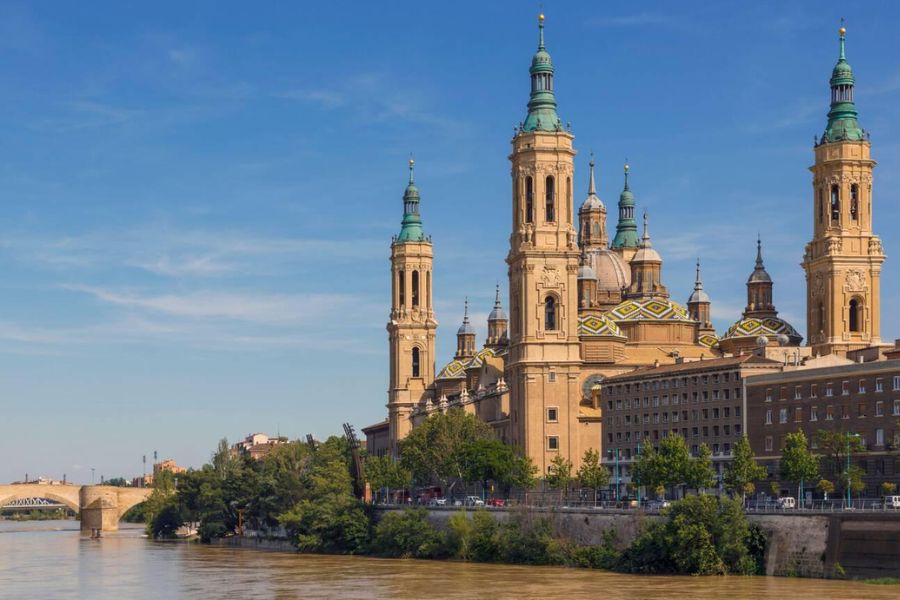
If you’re thinking about a trip to Spain or just love finding inspiring travel spots, you’ll want to see Basilica del Pilar for yourself. The artwork, the peaceful river views—every moment in Zaragoza felt like something special.
Arriving in Zaragoza: First Impressions of Spain’s Historic Heart
When I reached Zaragoza, the city’s personality hit me right away. Life here flows with an easy rhythm—locals speaking rapid Spanish, laughter echoing through lively squares.
The Ebro River winds through the center, setting a stage where old Spain meets new energy.
Navigating the City’s Vibrant Streets
Leaving the train station, I got swept up in Zaragoza’s beat. The streets buzzed, but nobody seemed rushed.
Locals strolled under the shade of wide trees, while street cafés filled with conversation. I noticed a patchwork of sights—tiny bakeries serving pastries, murals hinting at Spain’s creative side.
In the city center, Plaza del Pilar really stood out. This big open space is lined with historic buildings, always alive with both tourists and Zaragozans.
Kids darted around fountains, and older folks watched from benches or sipped coffee nearby.
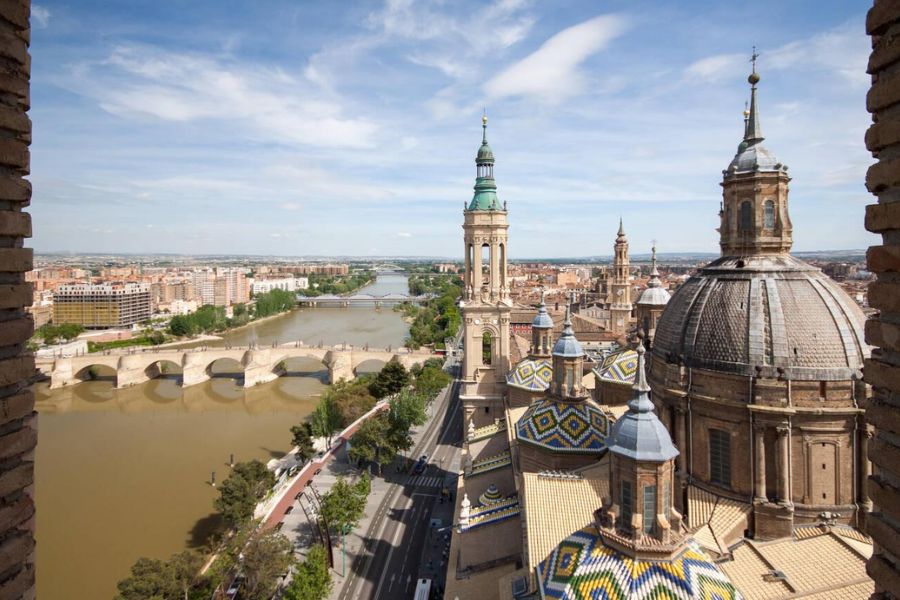
Street signs appeared in Spanish, but people didn’t hesitate to help me with directions. Their friendliness made it easy to get around.
Bikes and electric scooters zipped past, blending seamlessly into the ancient streets. Walking felt comfortable, and the flat layout made it easy to soak up the city’s vibe.
A Traveler’s Encounter with the Ebro River
The Ebro River really is Zaragoza’s heartbeat. My first view came at the old Puente de Piedra, a sturdy stone bridge that’s watched centuries pass.
Leaning over the railing, I let the river’s quiet energy wash over me. Ducks floated along the edges, and couples wandered the promenade in the evening.
Key Viewing Points Along the Ebro:
- Puente de Piedra: Historic stone bridge, perfect for photos
- Riverside Paths: Flat, tree-lined walkways with benches and gardens
- Views of Basilica del Pilar: The cathedral’s towers reflecting in the water, especially striking at sunset
Locals jogged or cycled by the river, greeting friends with cheerful Spanish. I snapped plenty of photos, especially as the sunset lit up the Basilica’s towers.
Merging Old World Charm and Modern Energy
As I walked between ancient buildings and stylish shops, Zaragoza showed me how time layers itself here.
The Basilica del Pilar towers over the skyline. Its domes are visible from blocks away.
Classic Iberian architecture sits right next to glassy storefronts, letting you move from history to today’s culture in just a few steps.
Evenings brought tapas and Spanish wine in cozy restaurants, sometimes right next to trendy bars packed with young people.
The city’s heart beats in two worlds—rooted in tradition, yet always looking ahead. Gallery windows and buskers’ music echo popular culture, but every corner whispers of deep history.
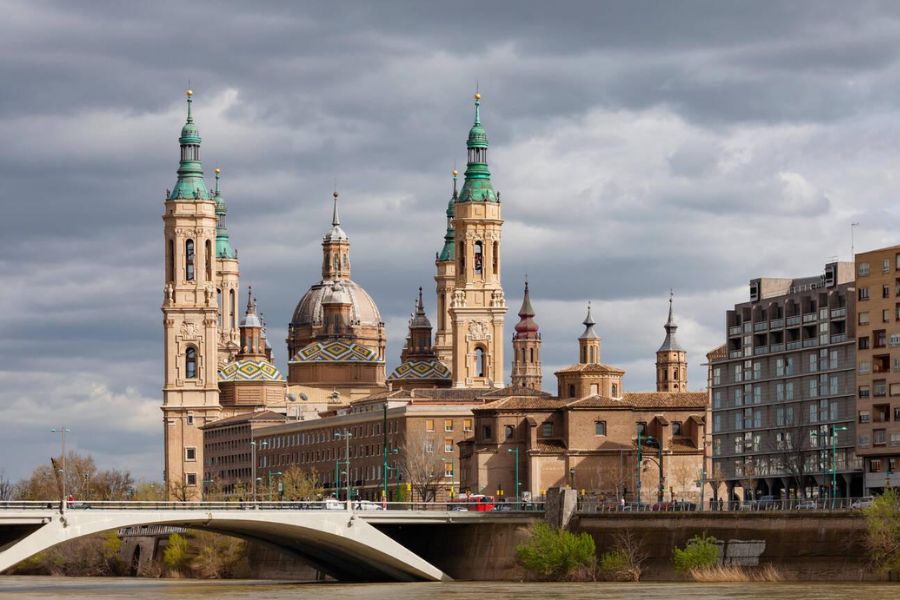
Zaragoza lets Spain’s heritage and modern spirit live side by side. The Ebro River winds through it all, carrying stories and languages of everyone who calls this place home.
Each street, square, and riverside path added a new layer to my first impressions of this unforgettable Iberian city.
Basilica del Pilar: A Jewel of Medieval and Renaissance Inspiration
Visiting the Basilica del Pilar in Zaragoza let me experience centuries of art, faith, and culture all under one roof.
From its legendary beginnings to its fascinating architecture, every corner inside and out has a story rooted in Spain’s rich history.
Origins and Legends Surrounding the Basilica
Crossing Plaza del Pilar, I felt the weight of tradition hanging around the basilica. Locals told me the story: Saint James the Apostle saw a vision of the Virgin Mary standing on a pillar—right here.
That event supposedly happened more than a thousand years ago.
Pilgrims from all over medieval Europe flocked here, hoping for miracles and blessings.
The original structure was just a small chapel, but as word of the vision spread, its reputation grew.
Religious festivals still fill the plaza, especially for the feast of Our Lady of the Pillar. The legacy of Saint James, or Santiago, lingers in every carved stone and flickering candle.
Architectural Styles from the Middle Ages to the Renaissance
Looking up at the basilica’s towers and domes, I noticed how different styles blend together.
Most of the current building dates from the 17th and 18th centuries, but it stands on ground that once held earlier medieval churches.
Key Features of the Architecture:
| Period | Features |
|---|---|
| Middle Ages | Initial Romanesque chapel, simple stone design |
| Renaissance/Baroque | Grand domes, decorative facades, bold towers |
The main design screams Spanish Baroque—thick pillars, flowing lines, detailed frescoes.
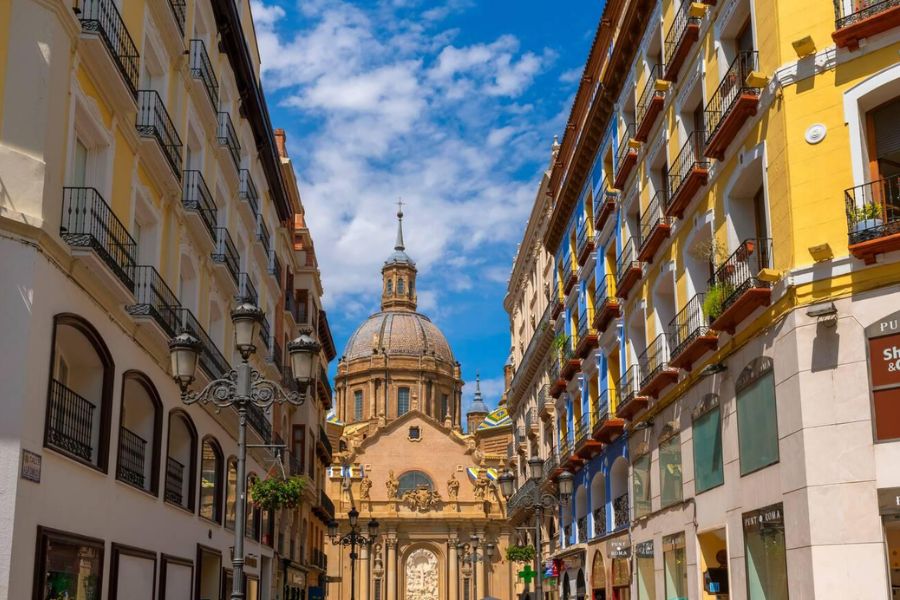
But you can still spot hints of the medieval past. I found arches and stonework in side chapels that whisper of Romanesque roots.
Inside, Ventura Rodríguez’s work on the Santa Capilla really stands out. Each element mixes old and new, combining medieval stillness with the drama of later eras.
The Basilica’s Significance in Spanish and European History
Exploring the basilica, I started to realize how deeply it’s tied to Spain’s story. The Catholic Church counts this as one of its most important Marian shrines in Europe.
It’s been a gathering place for processions and moments that helped shape Spanish religious life.
Historical Highlights:
- People saw it as a symbol of hope during war, including the Napoleonic invasion.
- Spanish monarchs have visited for royal ceremonies.
- Pilgrims from Spain and beyond still come by the thousands every year.
The basilica stands on the banks of the Ebro River, watching history unfold from medieval times to now.
It remains a living link between past and present, with every visit adding another chapter.
Standing in Awe: Highlights Inside the Basilica
Walking through the doors of Zaragoza’s Basilica del Pilar felt like stepping into another world—one full of beauty, history, and inspiration.
Incredible art, peaceful chapels, and treasures like illuminated manuscripts gave me a glimpse into the spiritual life that shapes this community.

The Majestic Interior and Its Artistic Masterpieces
My eyes shot up to the grand domes, bursting with vivid frescoes. Francisco Goya—yes, that Goya—painted several of these ceiling scenes, filling the space with color and drama.
Even from below, the details jump out. The guy had real talent.
Columns rise from the marble floor, leading you toward the main altar. Sunlight pours through stained-glass windows, scattering patterns across the basilica’s walls and floor.
Ornate chandeliers glow overhead. Arches tie everything together in a way that just feels right.
What struck me most was how intentional every detail seemed. From the carved wood seats to the golden altar, each piece reflects centuries of faith and artistry.
I could sense the care and devotion of those who built and decorated this place, hoping to inspire future generations.
Exploring Chapels, Altars, and Illuminated Manuscripts
Most visitors gather near the Holy Chapel (Capilla Santa), where the small pillar believed to have been left by the Virgin Mary stands.
The vaulted ceiling and gold accents make the space feel special, even with a crowd. I felt surrounded by quiet prayer and a shared sense of wonder.
Other chapels along the nave hold statues of saints and colorful altars. Local families often stop to light candles, creating moments of reflection and connection.
It’s clear this place is woven into the fabric of family life and tradition.
I lingered at a display of illuminated manuscripts, their pages glowing with gold leaf and delicate illustrations.
These handwritten works tell stories of faith and hope, passed down for centuries. Up close, I found inspiration in both their beauty and the care it took to preserve them.
Personal Reflections Amid Spiritual Grandeur
Sitting on a wooden pew, I tried to take it all in. The whispers of visitors, gentle organ music, and flickering candlelight made for a peaceful rhythm.
In that moment, I thought of all the young people who come here, looking for inspiration or just a little quiet.
For me, stepping inside wasn’t just about seeing art and architecture. It was about feeling awe—the way the basilica connects people across generations.
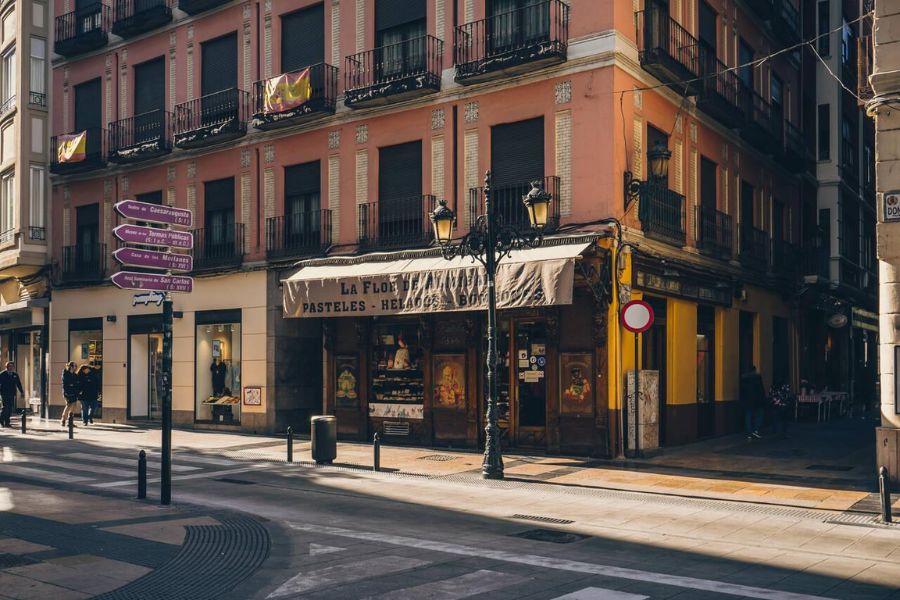
I caught a mother explaining a fresco to her child, passing on stories and beliefs in such a personal way.
Anyone visiting Zaragoza, no matter their background, can find something meaningful here. Whether it’s the art, the light, or just a quiet moment, I left feeling uplifted and more connected to those who came before.
Zaragoza Through the Ages: Stories Etched in Stone and Spirit
As I wandered Zaragoza, I saw centuries of history blending in the city’s architecture and streets.
Romans, Moors, and Christian rulers have all left their marks, and you can still feel their presence today.
From Roman Origins to the Christian Reconquest
Standing where Romans once ruled took my breath away. Back then, Zaragoza was called Caesaraugusta.
Along the Ebro River, I spotted traces of ancient city walls and ruins of the Roman forum. These stones mark where commerce and meetings happened almost 2,000 years ago.
The Visigoths ruled next, and while the city changed, it kept its own spirit. After centuries under Muslim rule, Christian armies reclaimed Zaragoza.
That era—the Reconquest—reshaped everything. Many churches replaced old mosques, and new traditions took root.
The Basilica del Pilar stands as a symbol of faith and resilience, linking Spain’s oldest Christian legends to today.
If you’re curious about the city’s ancient roots, check out the Roman Theatre Museum. The place brings history to life.
Encounters with the Moors and the Legacy of Cordova
Zaragoza changed again under the Moors, becoming a cultural center in Al-Andalus, much like Cordova down south.
Walking the older quarters, I could sense that legacy—narrow, winding streets and shady courtyards. Islamic influences show up in stonework and tiles, reminding me of Cordova’s Mezquita.
Scholars, poets, and artists thrived here during Muslim rule, spreading their ideas across Spain. Today, you can still spot ancient water systems and fragments of palace walls.
Each piece helps tell how Zaragoza connected with Cordova and other Moorish cities.
Don’t skip the Aljafería Palace. Wandering its arches and gardens, I felt the thread between past and present in every step.
Influences of Burgos, Toledo, and Andalusia
After the Reconquest, Christians brought fresh architectural ideas from other big cities like Burgos and Toledo.
I picked up hints of the Burgos Cathedral’s Gothic style in a few churches around Zaragoza.
Toledo’s mix of Christian, Muslim, and Jewish traditions really shows up in the city’s art and those lively, bustling streets.
The mark of Andalusia stands out too.
I noticed it in the bright tiling, the shape of the arches, and the upbeat, festive energy in the plazas.
These influences stretch all the way south to Seville and Granada, but in Zaragoza, they blend with local traditions in their own way.
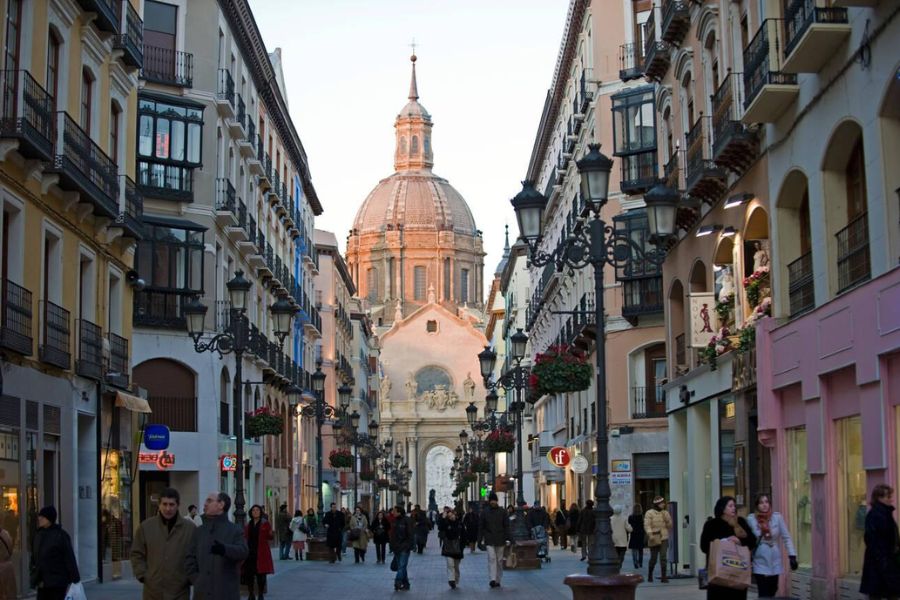
If you’re exploring, keep an eye out for the details—doors with pointed arches or intricate carvings.
They’re some of my favorite reminders that every stone and pattern shares a story from across Spain’s heartland.
Travel Insights: Tips for Visiting and Experiencing the Basilica
Visiting the Basilica del Pilar feels both uplifting and practical if you plan ahead.
Knowing when to go, how to get around Zaragoza, and ways to connect with the city’s culture can make your visit stand out.
Best Times to Visit and Avoid the Crowds
When I stepped into the Basilica early in the morning, right after it opened, I could soak up the beauty in almost complete silence.
Most tourists show up later, so my photos came out crowd-free and my thoughts stayed undisturbed.
Late afternoons on weekdays also feel peaceful.
Sundays and major holy days draw more people for prayers and Mass.
It’s smart to check the official Basilica schedule before you go—special events sometimes change access.
Best months to avoid heavy crowds:
- April to June (before the summer heat really kicks in)
- September to early November (after the summer rush)
If you want to catch the plaza and the Ebro glowing at golden hour, try visiting an hour before sunset.
Evenings do get busier, especially during big festivals like the Fiestas del Pilar in October.
Mapping Out Your Zaragoza Adventure
A printed city map or an offline map on my phone helped a lot.
The Basilica stands right in Plaza del Pilar, a super easy landmark at the city’s heart.
Here’s the walking route I liked:
- Start at Plaza del Pilar
- Cross Puente de Piedra for river views
- Walk along the Ebro in Parque Macanaz
- Check out nearby sites like La Seo Cathedral
Zaragoza’s layout makes it easy for travelers who like to walk.
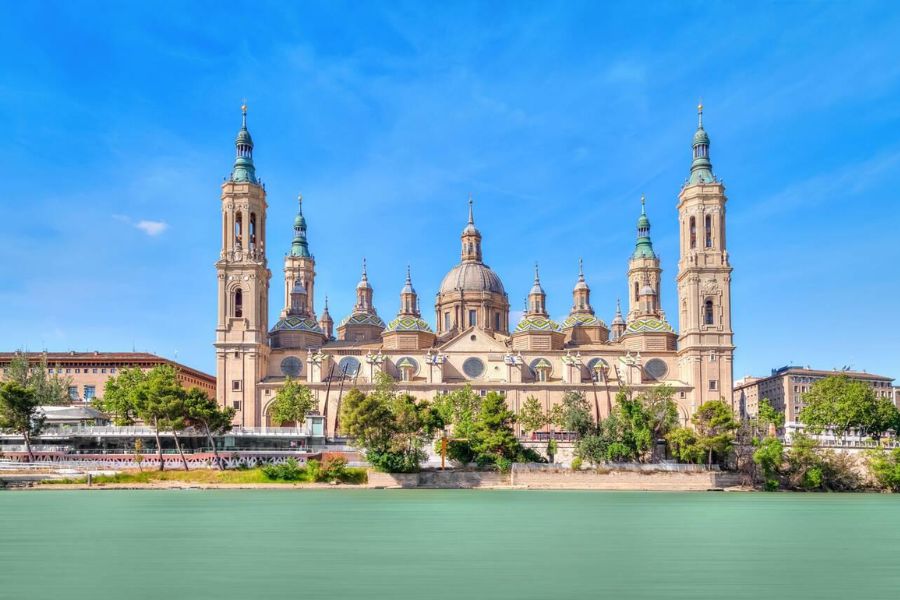
You can use public buses and trams, but honestly, nothing beats wandering those old streets on foot.
I always keep a reusable water bottle and a snack handy, since plaza cafés can get packed during busy times.
Connecting with Local Culture and Language
Talking with locals made everything feel more meaningful.
Some people speak English, but I found that using a few basic Spanish phrases—especially for greetings or to thank staff—helped a lot.
Even just asking “¿Dónde está el baño?” or saying “Gracias” usually brought out a smile.
Basilica staff and many Zaragoza residents appreciate when travelers show respect for their heritage.
A little patience, some genuine curiosity, and a few kind words go a long way.
I ended up having short chats about the Virgin of the Pillar and even picked up the story behind Zaragoza’s name from a guide.
You’ll see the city’s mix of old and new in the art and even in pop culture nods to the Basilica.
Don’t hesitate to ask questions—after all, isn’t traveling really about making those connections?
Seeking Inspiration and Endurance as a Traveler
I wandered through the Basilica’s soaring domes and just had to pause. Breathing in that cool air, I started thinking about all the journeys—physical and personal—that pull people to places like this.
Travel, honestly, doesn’t always come easy. Sometimes the heat or a long trek across the plaza really tests your limits.
A few things helped me keep going:
- Take regular breaks (those riverside benches? Absolute lifesavers)
- Drink plenty of water
- Let yourself get swept up by the art and architecture instead of just hurrying through
My moments of awe usually felt quiet and a bit private. I’d find myself marveling at the frescoes or just standing still in the nave, and somehow, inspiration would sneak up on me.
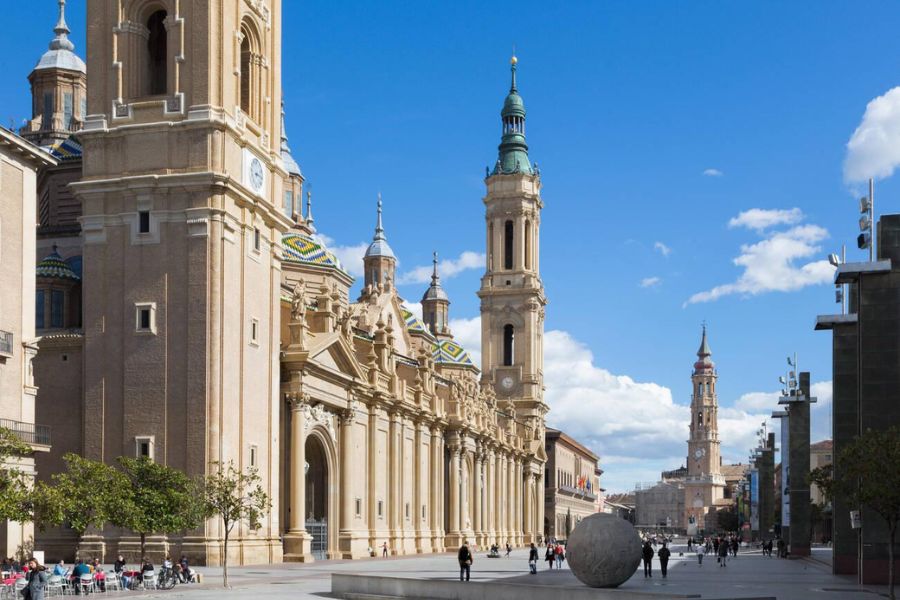
If you ask me, the best memories came when I wandered off the main path. Stepping into a side chapel or striking up a conversation with a local—those are the things that really stuck with me.

